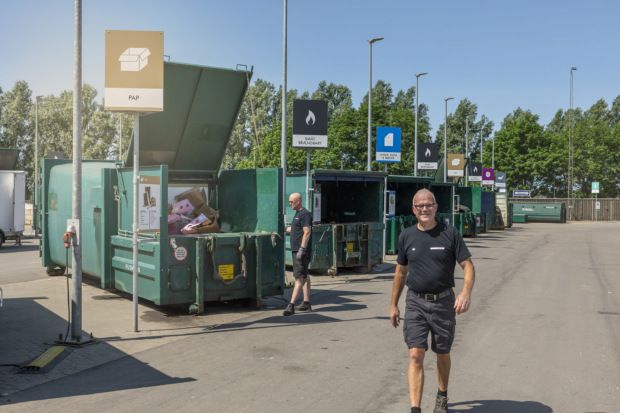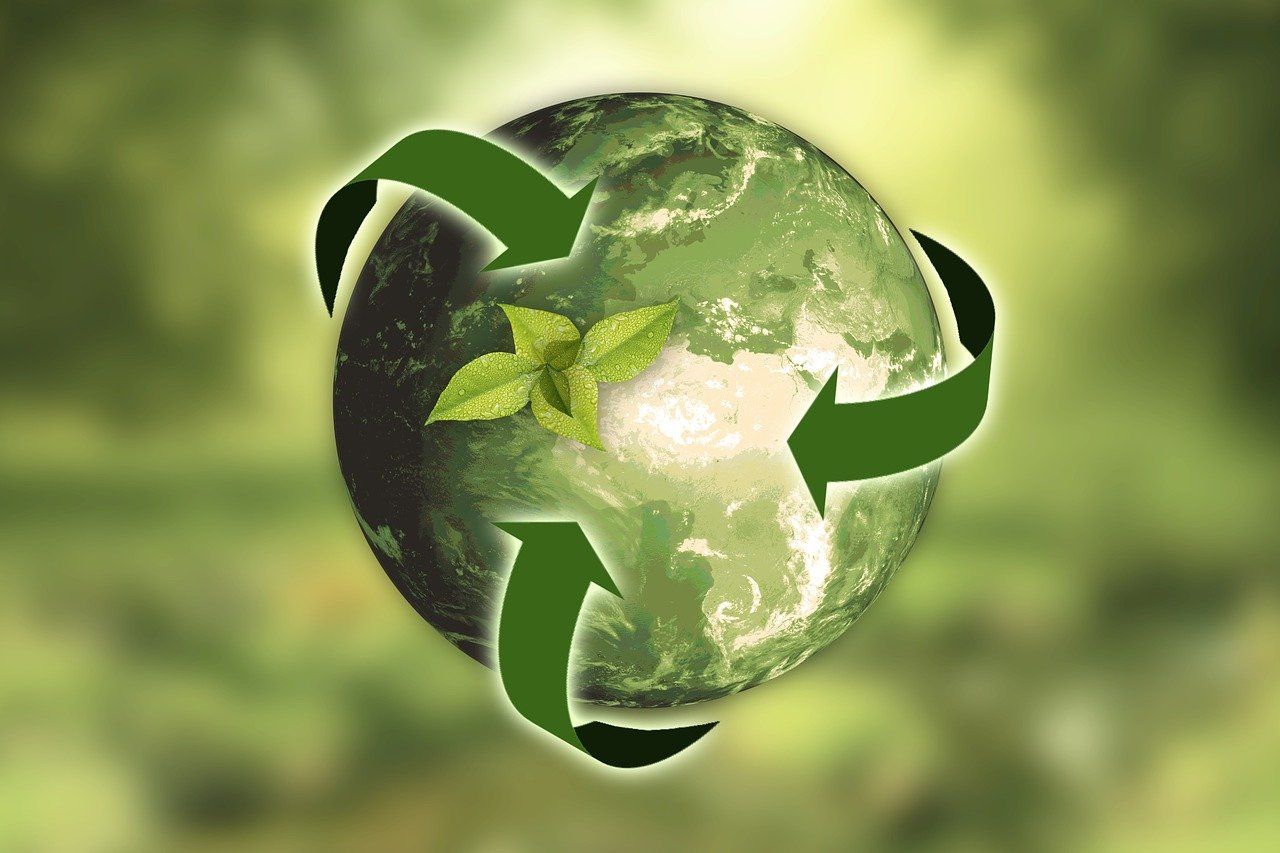Through this column, I share with you my approach to embracing green habits and a sustainable lifestyle by taking small steps.
This time let us look at the fourth of the 5 Rs (Refuse, Reduce, Reuse, Recycle and Rot) and how we can recycle smarter – especially in Denmark.
I hope this column helps new expats in Copenhagen to understand the recycling system here and how we can be part of the solution to the waste problem.
Why recycle?
Recycling helps us transition from a linear economy to a circular economy. A linear economy is when raw materials are used in production and, after the use of the final product, it is thrown away as waste.
In a circular economy, materials after their usage are recycled to be used again as raw materials for production. Recycling is amazing here, as many materials like glass and aluminum are almost infinitely recyclable, to produce new glass and cans, instead of exhausting virgin material reserves.
Furthermore, recycling diverts waste from being dumped in nature or valuable recyclable material being burnt away, and involves a reduced use of energy, CO2 and wastewater emissions, compared to production using virgin materials
You’re in the right place!
To start with, we are lucky to be living in a country where there are systems in place for efficient recycling. I need to mention this as unlike many other low waste practices, there is a limit to what we can do as individuals with recycling.
Recycling needs a systematic collection of segregated waste, recycling facilities where the materials are melted so that new products can be made from them, and a well-established and profitable offtake market.
And there are many ways Denmark makes it easier for us (see factbox).

Recycle smarter!
There are few habits that we can make as individuals to help the system recycle better.
First off, understand the different waste fractions (classifications) and educate yourself about which bin you need to put your recyclables in, which need to be cleaned, and what needs to be separated (as per the municipality’s advice).
Set up a dedicated system at home for sorting waste. This might require lots of small bins and also some initiative. At home, we collect all our smaller pieces of tinfoil together, so they don’t get lost on the way, but end up being recycled (yes, crush those Easter egg foil covers together).
Consult the labels as most explain how to discard responsibly. A good example are packets of chips/crisps, which clearly indicate if the packet should be sorted as plastic or residual waste.
Let’s try to understand the recycling systems better so we can be part of the solution.
Check out the guides @greenbyhabit on Instagram for short videos and fun reels discussing these topics in detail and more about what can be recycled and what cannot.
Making recycling easier
Education – most municipalities (kommunes) are good at educating people about the different waste fractions to be sorted. Head over to your municipality’s website and search for ‘affaldssortering’. You can even download or print out guides.
Genbrugsstation – larger items of waste (let’s say a big piece of concrete or ceramic ware from the toilet) can be disposed of at the recycling stations. You can even drive in.
Exchange stations – did you know that certain municipalities have ‘Byttestation’ – exchange stations where you can just go in with the things you want to exchange (like furniture, toys etc) and pick up new ones? Check out ‘kbh.deler’.
Deposit system – Hopefully you are aware of the Danish return system. When you buy bottles or cans with the pant sign, you pay a little extra as a deposit, which you get back when returning the empty vessel. This is a great way to ensure that the packaging that leaves the system returns and we close the loop. In 2021, the return rate of the system was 92 percent, which is one of the highest in the world.


